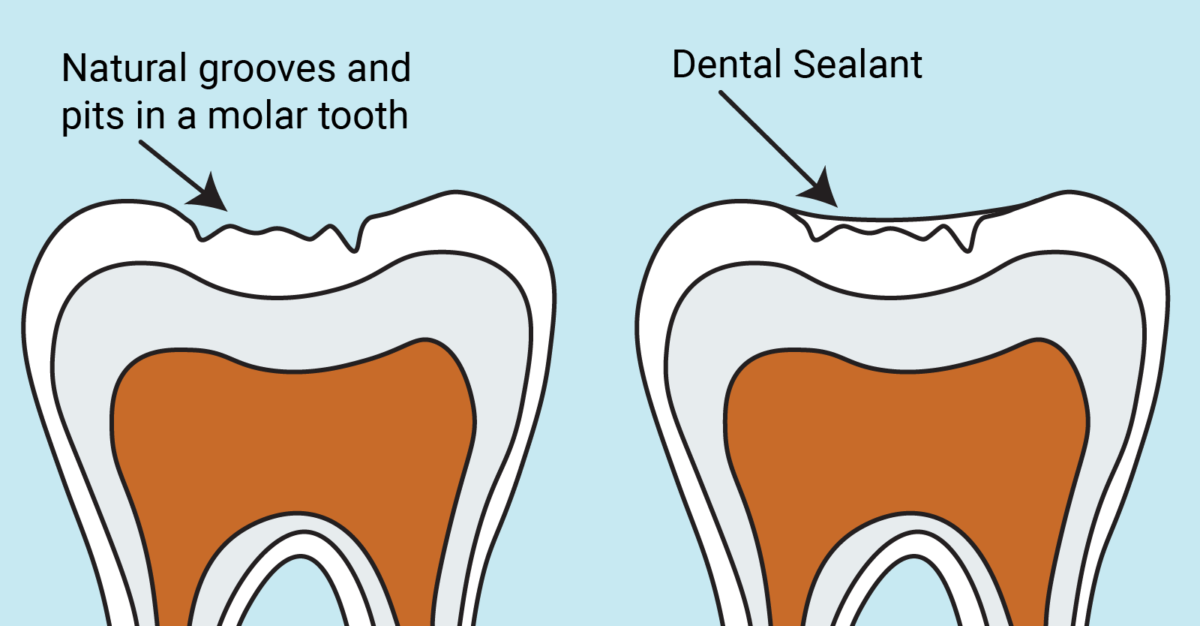“Managed Care” is transforming Medicaid in states across the country. In many cases, including in North Carolina, oral health is not included in the programs that promise a shift toward value-based care. As North Carolina approaches the next phase in its Managed Care program, could, and should, oral health be included? NCOHC’s newest partnership plans to convene stakeholders across the state to find out.
A collection of state-run programs, Medicaid has traditionally been operated on a “fee for service” basis, in which government agencies across the country pay out claims for health services based on volume. For decades, this model has prevailed in both medical and oral health care.
The Shift to Managed Care
Recently, however, state-administered Medicaid programs have begun to embrace an alternative payment model. In its simplest form, “managed care” turns management of Medicaid health plans over to private insurers, paying them a set rate per patient to deliver all services necessary to keep beneficiaries healthy. Ideally, managed care supports a shift to “value-based care,” in which reimbursement policies incentivize prevention and improved patient outcomes.
Managed Care and Oral Health
Unfortunately, the national shift to Medicaid managed care has in many cases reinforced long standing “siloes” that artificially separate medical care from oral health care. In North Carolina, for instance, the state’s Medicaid program transitioned to managed care on July 1, 2021, but the initial launch only included primary care and behavioral health services. As seen in various other states, oral health care was essentially “carved out” of the new system.
With the health of so many at stake and the investment so significant, we at the North Carolina Oral Health Collaborative (NCOHC) felt it critical to ensure that consideration of the potential shift to oral health managed care includes the voices and perspectives of diverse stakeholders. While the consensus among North Carolina providers and policymakers seems to be that oral health care will be integrated into Medicaid managed care in the future, we hope that collective engagement will help inform and support the potential transition as seamlessly and effectively as possible.
Oral Health Transformation Initiative
To that end, NCOHC is partnering with the North Carolina Institute of Medicine (NCIOM) on a Medicaid Oral Health Transformation Initiative, designed to evaluate best practices and make recommendations for oral health’s potential inclusion in NC Medicaid Managed Care efforts.
The two-year, three-phase project will be led by multi-disciplinary, cross-sector stakeholders and Task Force members engaged in oral health and health care across North Carolina.
The Task Force will draw upon a systematic literature review and key informant interviews with those in and outside North Carolina. Recommendations will be compiled in a final report to be delivered to policymakers and legislators as they consider a potential transition to Medicaid managed care for oral health. This work will be completed just in time for the 2024 expiration (and subsequent renewal) of the federal 1115 Demonstration Waiver that paved the way for the current iteration of North Carolina’s Medicaid Managed Care.
To learn more, please visit our Oral Health Transformation Initiative page.
NCOHC, a program of the Foundation for Health Leadership & Innovation, works to advance systems-level changes, improving the overall health and well-being of all North Carolinians by increasing access and equity in care. To stay up-to-date and get involved, join us today as a North Carolinian for Change.




